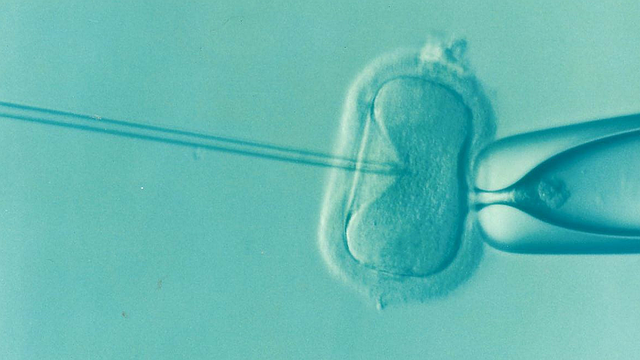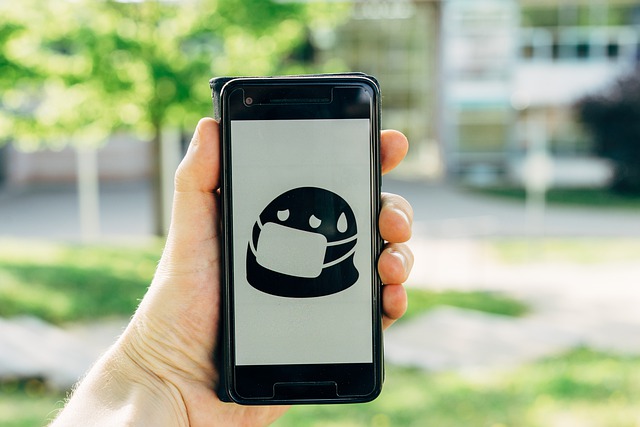Mitochondrial replacement therapy (MRT) is a novel practice of reproductive in-vitro fertilization (IVF). The principle of MRT is to replace the abnormal mitochondrial DNA (mt-DNA) from the affected women with the donor’s healthy one.

Mitochondrial disorders cause life-threatening effects on the offspring of the deceased parents. The defective mitochondria-associated diseases lead to heart, lungs, kidney, brain, eye, and muscle organ failure because of faulty genetic mutation. It is very difficult to identify how many faulty mutations lead to such physiological effects, as hundreds of proteins involve in the mitochondrial genome codes. A very few mitochondrial disorders show to respond to treatment.
But the removal of the mutated mitochondrial DNA of the mother can only option to solve this problem. Modern medical science invented the MRT technique to replace the faulty mitochondrial DNA from the mother with normal healthy mitochondria from a donor. Three different techniques of MRT are spindles transfer (ST), pronuclear transfer (PNT), or polar body transfer (PBT). All these MRT approaches can prevent the transmission of defective mitochondrial DNA to the next generation.
The primary aim of MRT is to develop healthy babies without having genetic disorders by terminating the lethal mitochondrial disorders. MRT can save the offspring from the adverse consequences of mitochondrial disorders by providing healthy mt-DNA to the child.
The aging process often brings mt-DNA deletions. The consequences of these may have contributed to the bioenergetics inability of older muscle fibers and neurons, leading to sarcopenia and neurological disorders such as Parkinson’s and Alzheimer’s.
Aged women who are pursuing IVF to become pregnant often have a low rate of pregnancy or genetically defective embryo formation. MRT provides the opportunity to substitute the defective cytoplasm with cured one to increase the pregnancy rates. However, implementation of MRT in clinical practice is difficult due to moral, social, and cultural objections.
If the MRT technique is used in in vitro fertilization (IVF) technique, then it removes an intended mother’s nDNA from her oocyte or zygote, which contains mutated mtDNA. Then, nonpathogenic mtDNA is collected from the oocyte of the donor. The collected healthy mtDNA is transferred to the mother’s oocyte. During the selection of donor, a screening test is conducted to check no personal or family history or genetic evidence of having mutated, pathogenic mtDNA present in the donor’s medical report and case history. The MRT is a conjugation process of both the transfer of the nuclear genetic material and the accompanying fertilization procedure that is necessary to produce a human embryo. These techniques could allow intended mothers to produce a child that would share their nDNA without passing on their pathogenic mtDNA.
The Discovery of MRT can bring revolutionary changes in reproductive medical science. But critics have objections to MRT in clinical practice. Currently, MRT is strictly prohibited and legally not accepted, as this process is considered as a sort of “Germline Modification” and can disturb the sacrosanctity of humanity or disrespects cultural and social values. But on a positive note, MRT is the only option for patients who have a mitochondrial impairment but want to have a genetic child. If we considering this moral aspect, then MRT can be permitted under appropriate regulatory laws, strict clinical researches, and carefully monitored conditions, so that the substantial risks can be minimized along with ensuring safe results and high standards of reproductive medicine.
References
https://www.ncbi.nlm.nih.gov/pmc/articles/PMC7492815/
https://www.ncbi.nlm.nih.gov/books/NBK355458/



